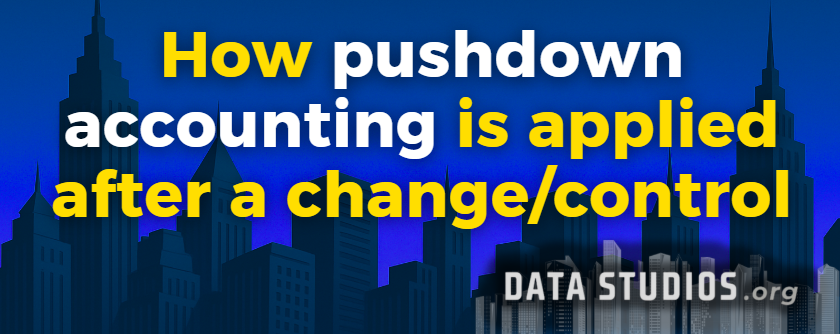Inventory Valuation Methods – FIFO, LIFO, and Weighted Average
- Graziano Stefanelli
- Apr 30
- 3 min read

Inventory valuation methods determine how the cost of goods sold (COGS) and ending inventory are calculated. The choice of method affects gross profit, income taxes, and balance sheet values — especially during periods of inflation or deflation.
This article covers the mechanics and financial reporting implications of the three most commonly used inventory costing methods: FIFO, LIFO, and Weighted Average Cost.
Examples and journal entries are provided under U.S. GAAP (ASC 330) and IFRS (IAS 2).
1. FIFO – First-In, First-Out
Under FIFO, the oldest inventory costs are assigned to COGS, and the most recent purchases remain in ending inventory.
FIFO assumes goods are sold in the order they were acquired.
✦ Commonly used under both GAAP and IFRS
✦ Tends to increase net income in inflationary environments
✦ Ending inventory approximates current replacement cost
To record COGS under FIFO: Dr. COGS – $48,000 / Cr. Inventory – $48,000.
If 1,000 units were purchased at $45 and then 1,000 more at $50, a sale of 1,200 units would use 1,000 × $45 + 200 × $50 = $47,000 as COGS.
FIFO results in lower COGS and higher income taxes when prices rise.
2. LIFO – Last-In, First-Out
LIFO assigns the most recent purchase costs to COGS and leaves older costs in ending inventory. It is permitted under U.S. GAAP, but prohibited under IFRS.
✦ Matches recent costs to current revenues
✦ Often results in lower taxable income during inflation
✦ Ending inventory is based on outdated costs
To record LIFO COGS: Dr. COGS – $50,000 / Cr. Inventory – $50,000.
Using the same example as FIFO: A sale of 1,200 units would be costed at 1,000 × $50 + 200 × $45 = $49,000.
Companies using LIFO must disclose the LIFO reserve, which reconciles LIFO and FIFO inventory values.
To record LIFO reserve: Dr. COGS – $3,000 / Cr. LIFO Reserve – $3,000.
3. Weighted Average Cost
The Weighted Average Cost method averages the cost of all inventory units available for sale during the period.
✦ Suitable when inventory items are interchangeable ✦ Smooths out price fluctuations ✦ Commonly used in periodic inventory systems
Weighted Average Cost = Total Cost of Goods Available ÷ Total Units Available
Example: ✦ Purchase 1: 1,000 units @ $10 = $10,000 ✦ Purchase 2: 2,000 units @ $12 = $24,000 ✦ Total = 3,000 units / $34,000 ✦ Weighted Average = $11.33/unit
To record COGS for 500 units sold: Dr. COGS – $5,665 / Cr. Inventory – $5,665.
This method results in intermediate COGS and inventory values compared to FIFO and LIFO.
4. Impact on Financial Statements
The choice of inventory valuation method directly affects:
✦ COGS – impacts gross profit and taxable income
✦ Ending Inventory – affects current assets and working capital
✦ Net Income – higher under FIFO during inflation
✦ Income Tax Expense – lower under LIFO during inflation
FIFO → Higher Net Income → Higher Taxes LIFO → Lower Net Income → Lower Taxes Weighted Average → Smoother Financial Results
5. Disclosure Requirements
Under both GAAP and IFRS, companies must disclose:
✦ The inventory valuation method used
✦ Consistency of application across periods
✦ LIFO reserve, if applicable
✦ Effects of changes in valuation method (if any)
✦ Impact on income and inventory balances
Balance sheet (FIFO): Inventory – $55,000 Balance sheet (LIFO): Inventory – $50,000 / LIFO Reserve – $5,000
The LIFO reserve allows analysts to adjust LIFO figures to approximate FIFO-based financials for comparability.




